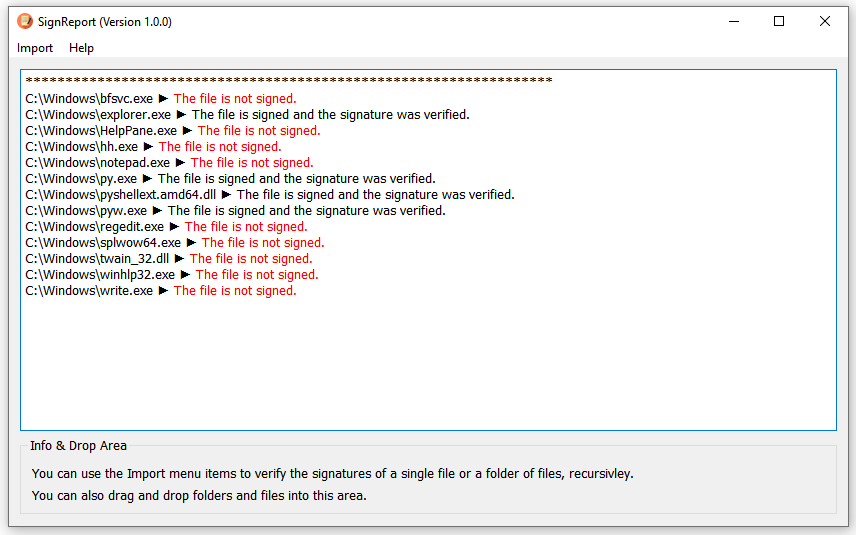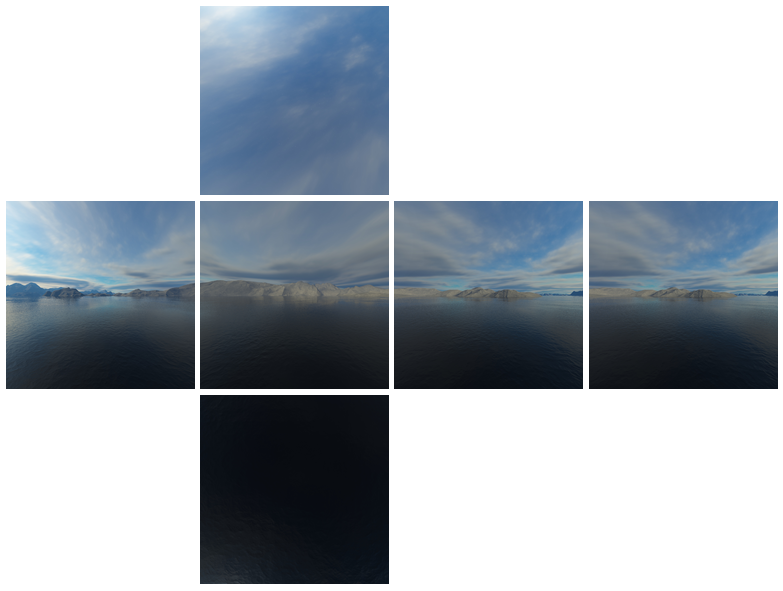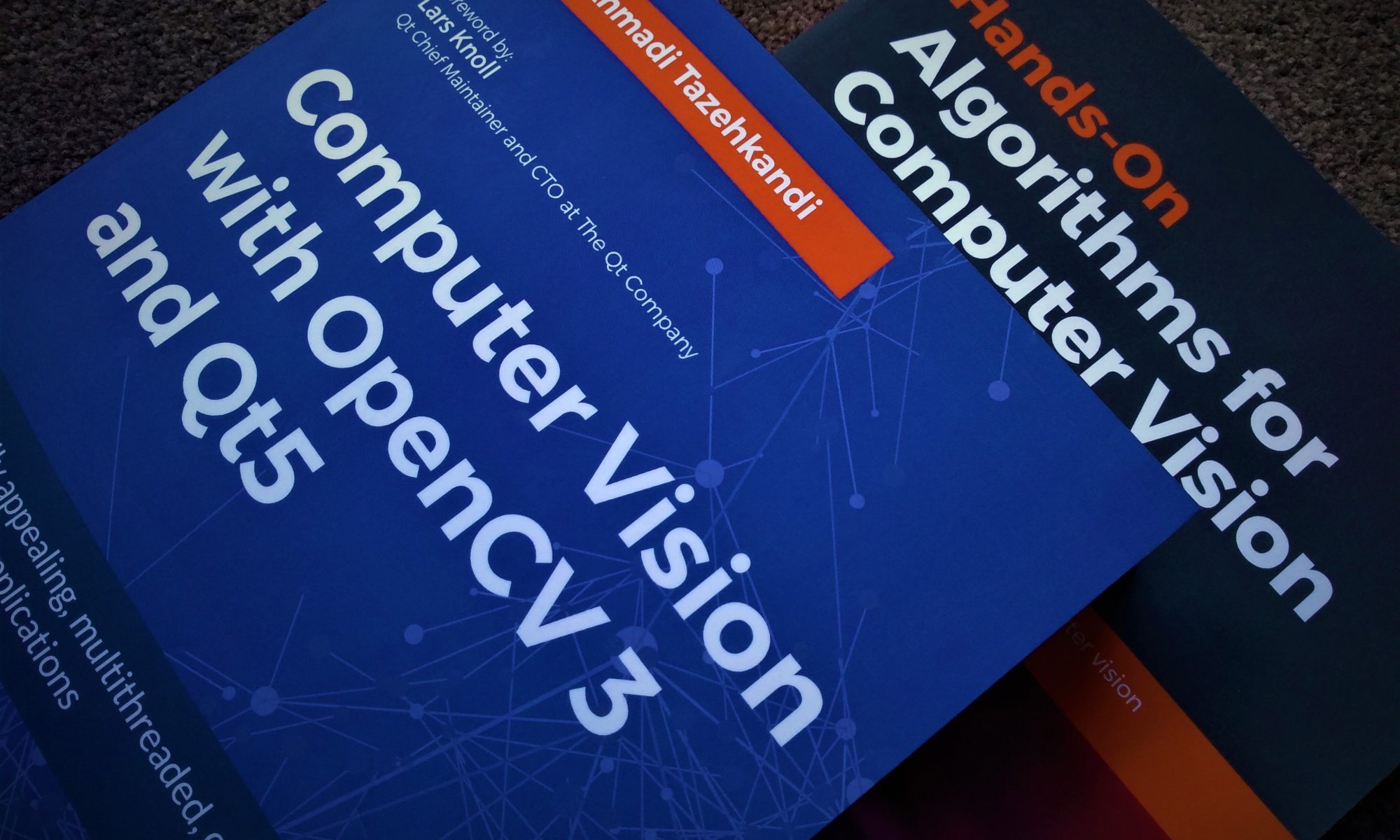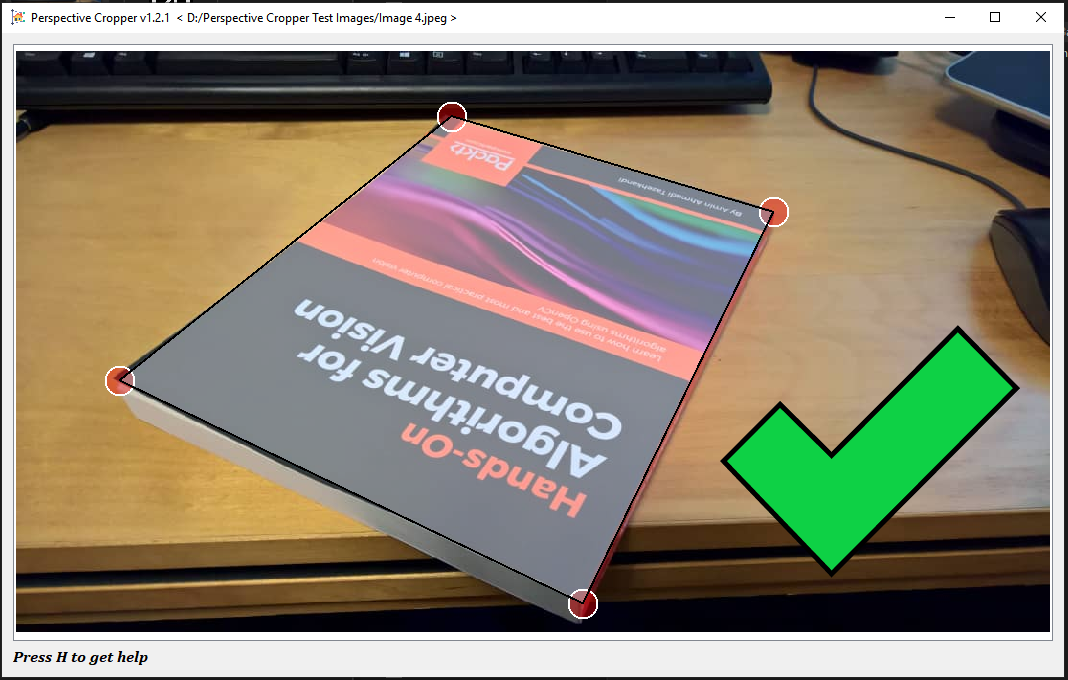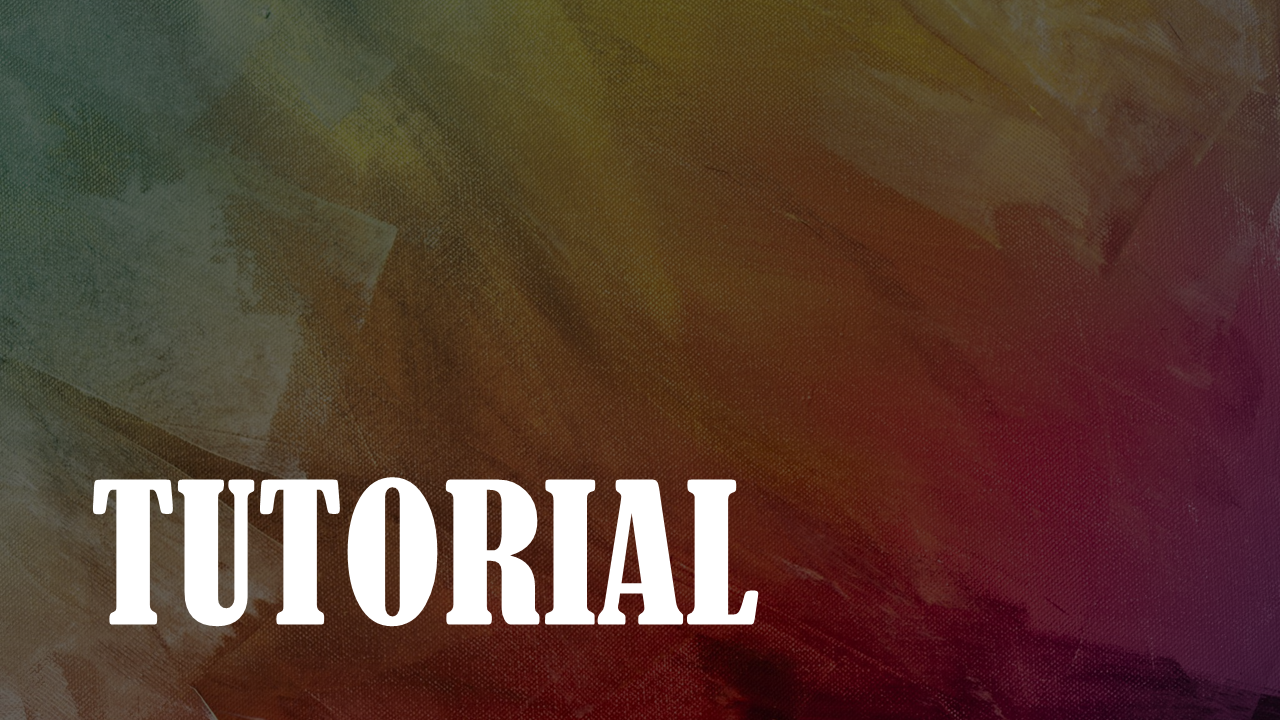It’s almost inevitable to use Docker images these days especially if you want to have a consistent development environment and configuration. They make life extremely easy by guaranteeing that your application (in this case, Computer Vision application) will always behave the same way as it did when you developed it. How? By using Containerization. If you’re not familiar with the topic then I suggest first doing some research and reading on “Containerization vs Virtualization” and how to use Docker. Then come back to this tutorial to learn how to create a Computer Vision Docker Image that you can use to develop and play around with TensorFlow and OpenCV for Object Detection.
Continue reading “Computer Vision Docker Image with TensorFlow and OpenCV”SignReport, a Tool for Batch Verification of PE Signatures
Code signing is one of the most popular ways of confirming the integrity of software packages. This is made possible by the author of the PE (such as *exe, *.dll and so on) using a Sign tool to add their signature (a certificate) to the PE file. Checking the signature of PE files on the other hand can be done by using WinVerifyTrust function. This example demonstrates how WinVerifyTrust can be used. In this post I’ll share the slight changes needed to make WinVerifyTrust work with Qt Framework, along with a tool built with Qt Framework, that can be used to verify the signature of all PE files within a chosen folder.
Continue reading “SignReport, a Tool for Batch Verification of PE Signatures”Creating a Skybox Using C++, Qt and OpenGL
Skyboxes are commonly used in video games to create a realistic and wide sense of environment. In addition, they can be used to display 360 degree panoramic images, which is the reason why Computer Vision enthusiasts like myself are interested in this topic. To create a Skybox, you need a set of 6 images that correspond to the 6 sides of a cube. In this tutorial, we’ll learn how to create a Skybox using Qt with OpenGL.
Continue reading “Creating a Skybox Using C++, Qt and OpenGL”Using OpenGL in Qt for Processing Images
Utilizing the power of the GPU, and OpenGL in particular, for Computer Vision and Image Processing purposes has always been a favorite topic of mine. It’s quite easy to find many examples around (even among official Qt example projects) to deal with and learn more about this topic but I figured there are no clear and step by step examples for people who are absolutely new to it. This post aims to cover a number of topics, including the following, in a step by step and simple manner:
- How to use QOffscreenSurface class for off-screen rendering using OpenGL
- How to use QOpenGLFramebufferObject to create Frame Buffer objects
- How to use Vertex Shaders to perform Geometric Image Transformations
- How to use Fragment Shaders to perform Image Filtering and per-pixel operations
- How to convert a texture to QImage
Deploying Qt+OpenCV Applications on macOS
Qt provides an extremely simple mechanism for deploying applications on macOS, thanks to macdeployqt tool. Unfortunately, the same does not apply to Qt for macOS applications that reference 3rd party libraries such as OpenCV. In this post, I’ll describe the manual but simple process of adding 3rd party libraries into macOS Application packages in order to eliminate the need for installing those libraries on our target computers.
Continue reading “Deploying Qt+OpenCV Applications on macOS”Perspective Cropper 1.2.1 for Windows
I just released Perspective Cropper application for Windows platforms. I created this app a few months ago to quickly crop and correct the perspective distortion in a huge set of scanned documents and images. The pictures were taken using my smartphone from papers and documents laid on a table and from a few old family albums. Almost all of them had a lit bit of unwanted borders and perspective distortions and my goal was to just keep the parts I needed and remove the unwanted parts in addition to the correct and upright view of the images, as if they were scanned using a scanner.
Continue reading “Perspective Cropper 1.2.1 for Windows”Qt Installer Framework – How to Run an Executable During Installation
Qt Installer Framework provides a simple way of creating cross-platform installers and setup files. Some of the questions that are asked quite a lot, but unfortunately are not as well-documented as they should be, is about the “Execute” method which is used to run executable files during installation. In this post I’ve tried to clarify a couple of points about it with a couple of simple examples.
Continue reading “Qt Installer Framework – How to Run an Executable During Installation”Configuring Qt for Windows Projects to Use OpenCV 4.1.0
I usually build OpenCV with the BUILD_opencv_world option which makes it quite easy to configure my Qt projects and work fast. But when it comes to deploying OpenCV powered applications, I still prefer to use the modular and default OpenCV build in order to deploy only the required DLLs and end up with a smaller installer file size.
Continue reading “Configuring Qt for Windows Projects to Use OpenCV 4.1.0”OpenCV Build Scripts for Windows, macOS and Linux
Following up on this post from last year, I’d like to share a couple of simple scripts that you can use to build OpenCV 3 or 4 on Windows, macOS and Linux operating systems. Needless to say, they require CMake and proper build tool sets on each platform.
Continue reading “OpenCV Build Scripts for Windows, macOS and Linux”Working with Windows Registry Using Qt
In this post I’ll describe the way to deal with Windows Registry in terms of writing and reading Registry Keys. This is done using QSettings class in general, so let’s see how, with a couple of simple examples.
Continue reading “Working with Windows Registry Using Qt”

